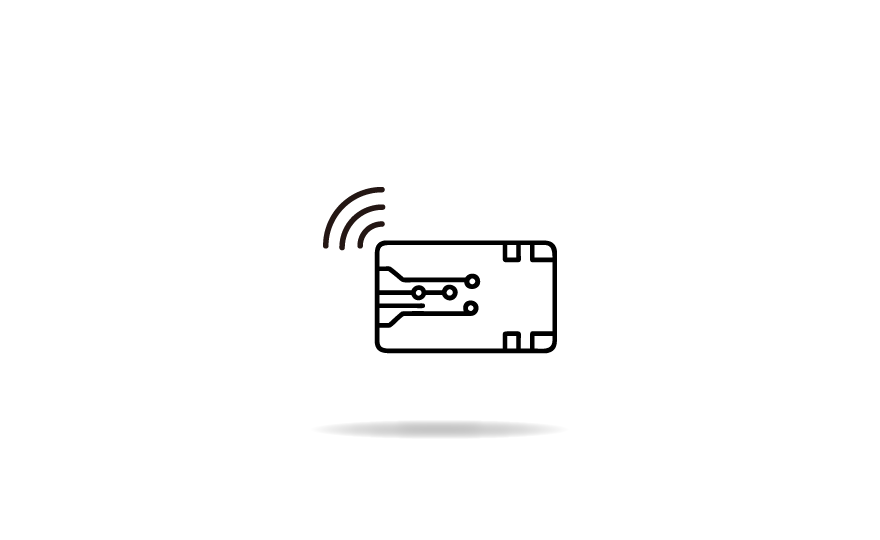
Solution
EMC measurements
A possible application for the PSI5 Simulyzer is the monitoring of data from a PSI5 sensor to be tested for EM compatibility. Here the required immunity to interference is to be verified over the relevant interference frequency range.
EMC measurements in practice
In the test laboratory, appropriate measuring equipment must be available for this purpose, which can generate the interference power over a frequency range and can act on the sensor under test in a conducted or non-conducted manner. The sensor to be tested is placed in a test chamber. A commercially available PSI5 converter for optical transmission must be located in the test chamber as well. At the other end of the optical path, outside the test chamber, there is again a converter to electrical PSI5 data traffic. The PSI5 Simulyzer is connected to it and is operated in ECU mode. A PC software, which is connected to the PSI5-Simulyzer via USB interface, analyses the PSI5 transmission for errors and the sensor signals for plausibility. The evaluated PSI5 data traffic is recorded on hard disk for later analysis.
The PSI5 Simulyzer can communicate with the control program of the HF generator via a digital input and a digital output. The PSI5 Simulyzer can signal via its digital output that an error has occurred. The digital input of the PSI5 Simulyzer can be used to cause the Simulyzer to delete stored errors and resume communication without errors.
An example of use
A concrete setup can consist of a PSI5 Simulyzer, a Windows application, an optical transmission line, for example optoPSI5 from mk-messtechnik GmbH and the RF generator/amplifier (which is controlled by the PC).
Seskion offers an API library for this type of application and also a complete Windows application.
Possible types of sensor interfaces:
- SPI
- PSI5
- SENT
- DSI
The API is available as ANSI-C(++) as well as .NET API (C# …) and LabVIEW. Adaptations to Matlab and Phyton are possible.
For Windows applications, long-term measurements with configurable power-on and power-off cycles are also possible.
